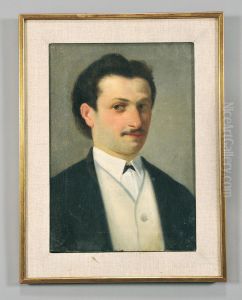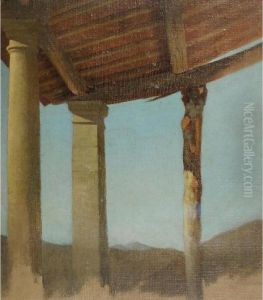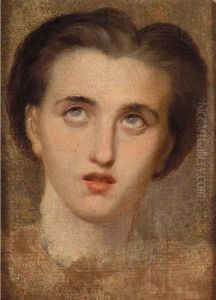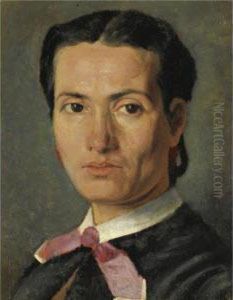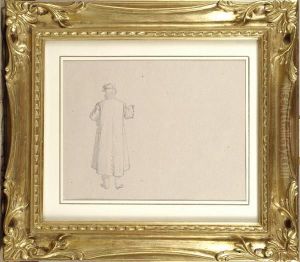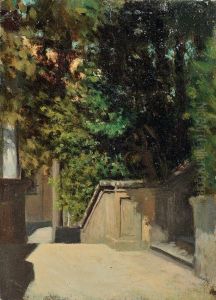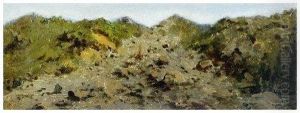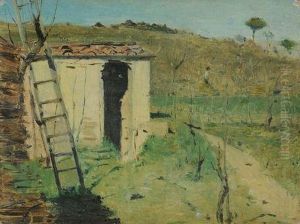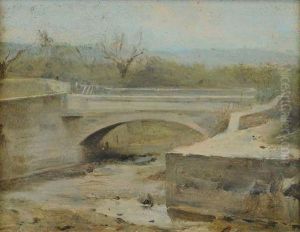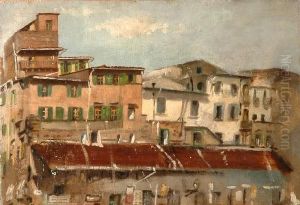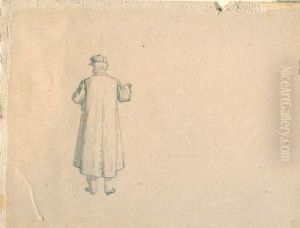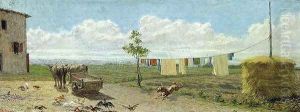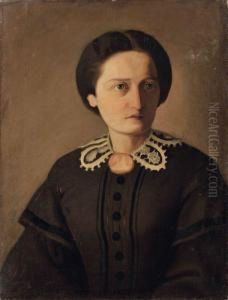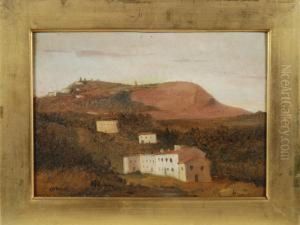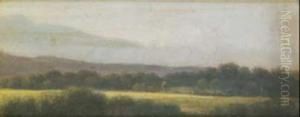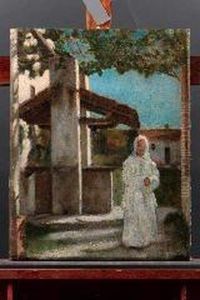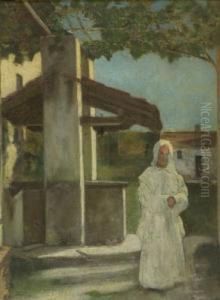Raffaello Sernesi Paintings
Raffaello Sernesi was an Italian painter, associated with the Macchiaioli group, who were precursors of the Impressionists. Born on March 27, 1838, in Florence, Italy, Sernesi showed an early interest in art. He trained at the Accademia di Belle Arti in Florence where he was influenced by the works of the Renaissance masters. However, he soon developed a distinctive style that focused on the play of light and shadow, which became characteristic of the Macchiaioli movement.
The Macchiaioli, whose name refers to the patches of color that were a hallmark of their technique, sought to break away from the formalism of traditional Italian painting. They emphasized plein air painting, aiming to capture the transient effects of light on the landscape in a way that was more direct and realist than had been the norm in Italian art. Sernesi, along with other members of the group, frequently gathered at the Caffè Michelangiolo in Florence to discuss their ideas and share their works.
Sernesi’s work often depicted rural scenes, landscapes, and everyday life, reflecting his interest in capturing the simple beauty of the world around him. His paintings are characterized by their vibrant colors, loose brushwork, and attention to atmospheric effects. He was also known for his small-scale works, which allowed him to work quickly and capture the fleeting quality of light.
Despite his talent, Raffaello Sernesi's career was cut short by his early death. He suffered from health problems throughout his life and died on August 9, 1866, at the young age of 28. His premature death meant that his body of work was relatively small, but it remains significant in the history of Italian art as an example of the innovative approach of the Macchiaioli group. Sernesi's works can be found in various Italian museums, and his contribution to the development of modern art continues to be recognized and appreciated by art historians and enthusiasts.
